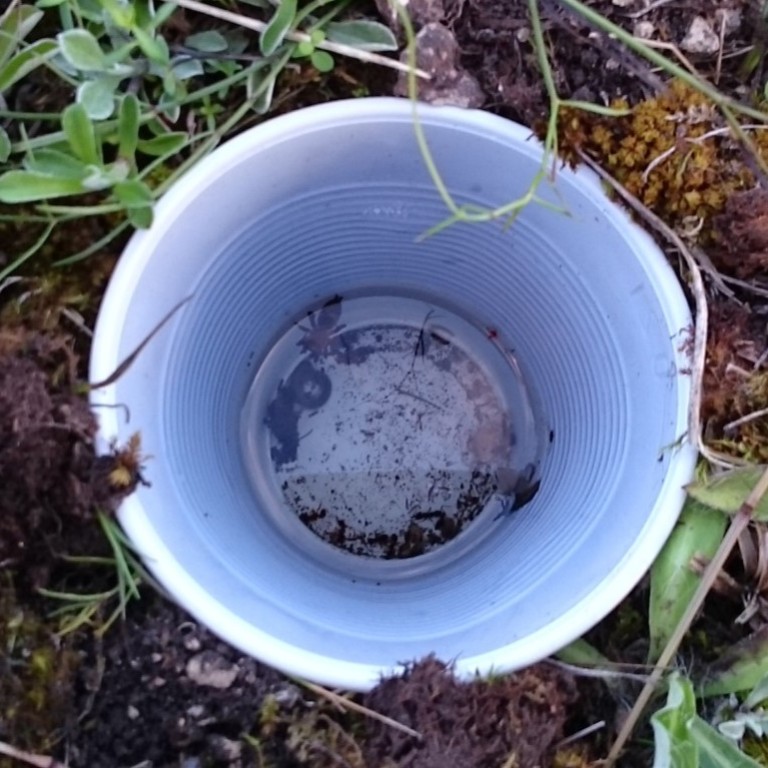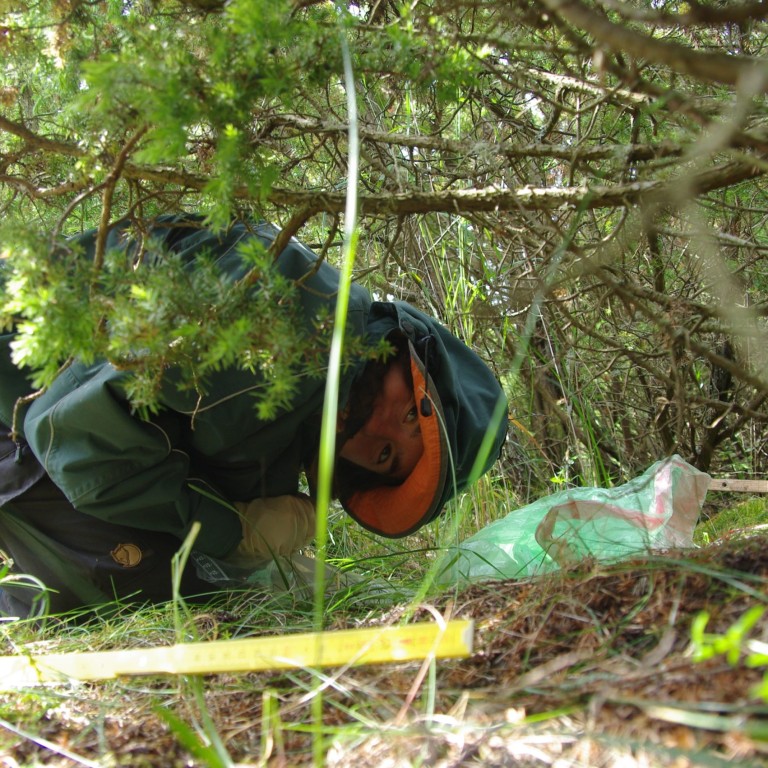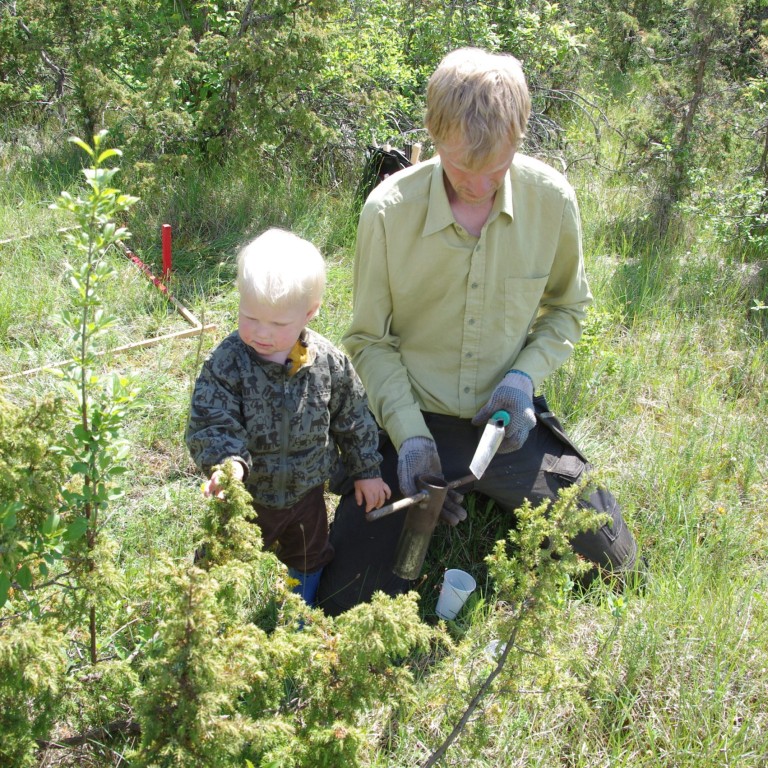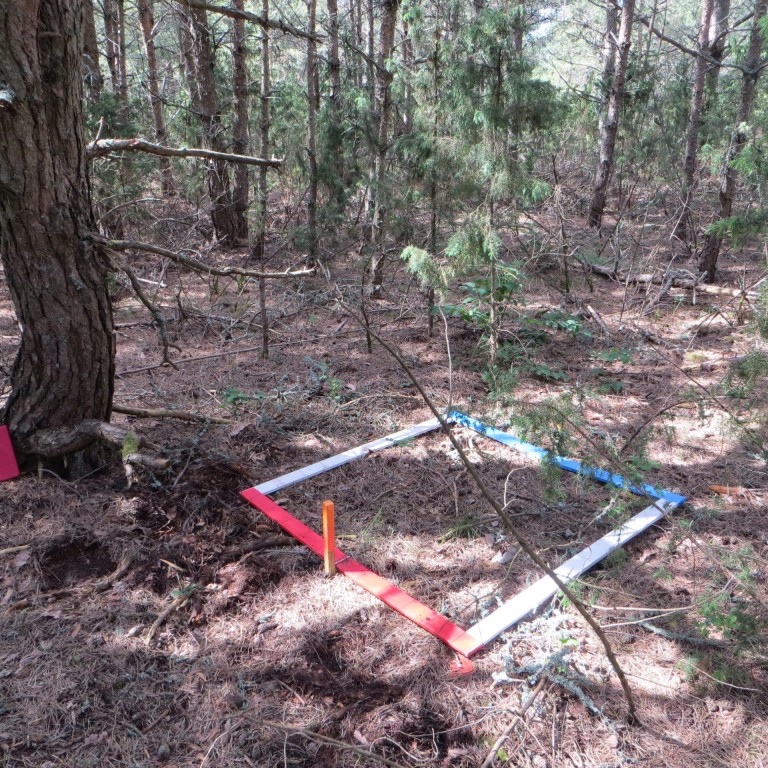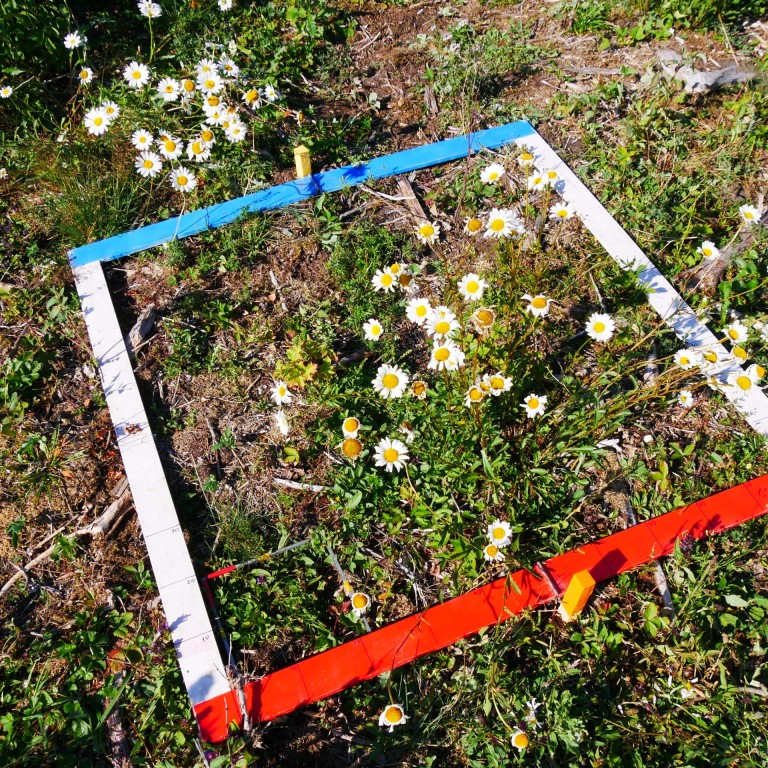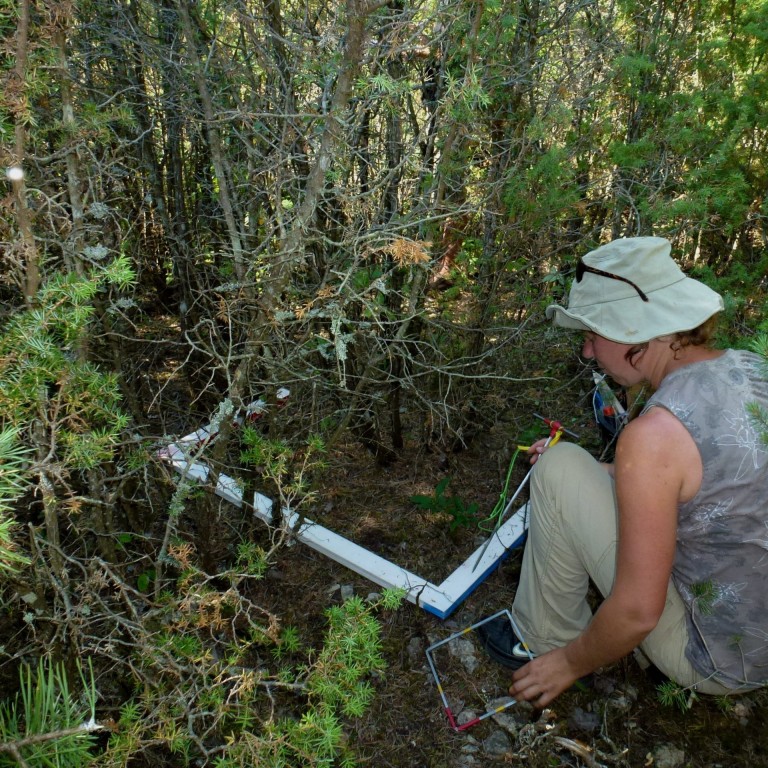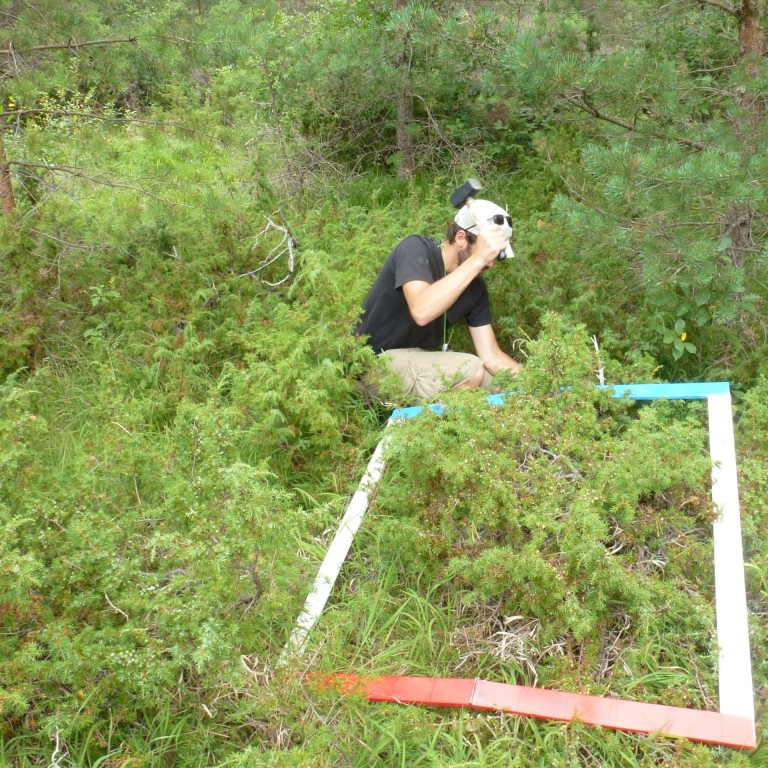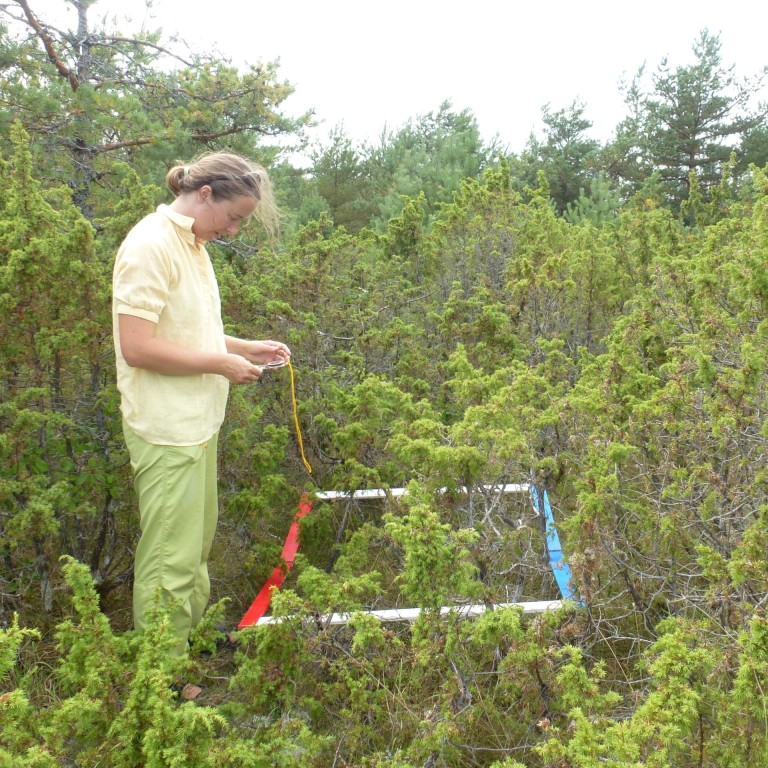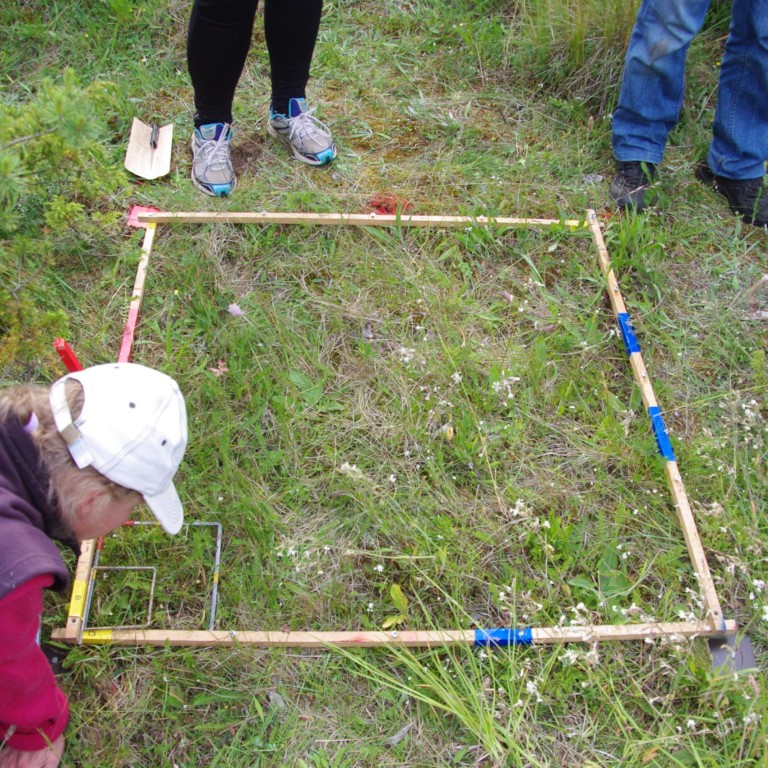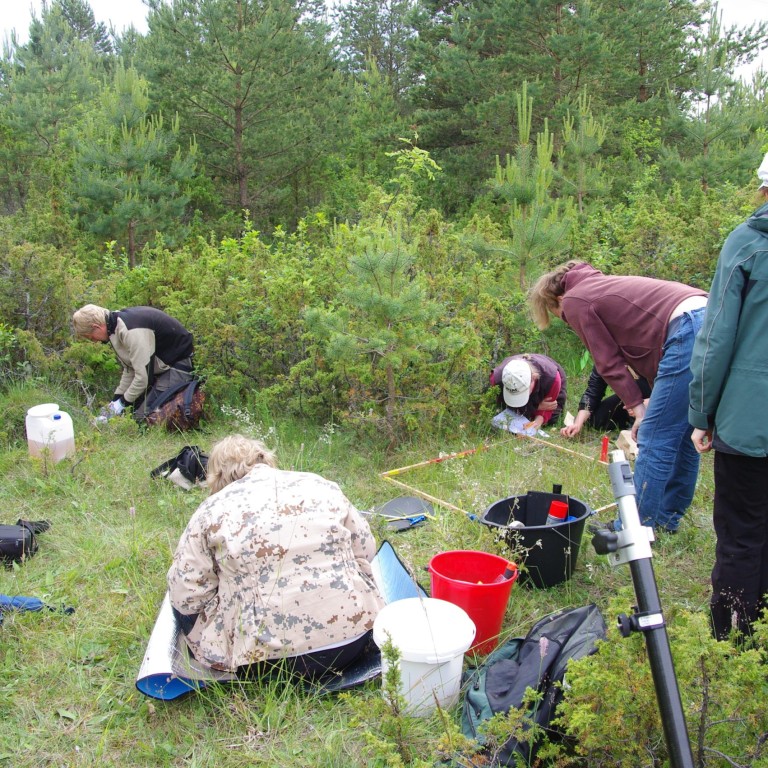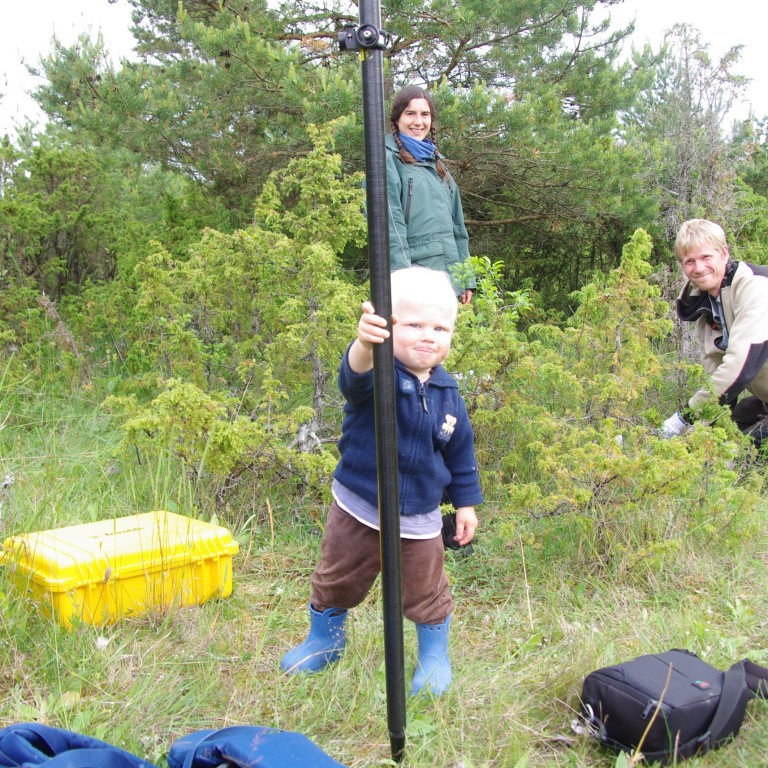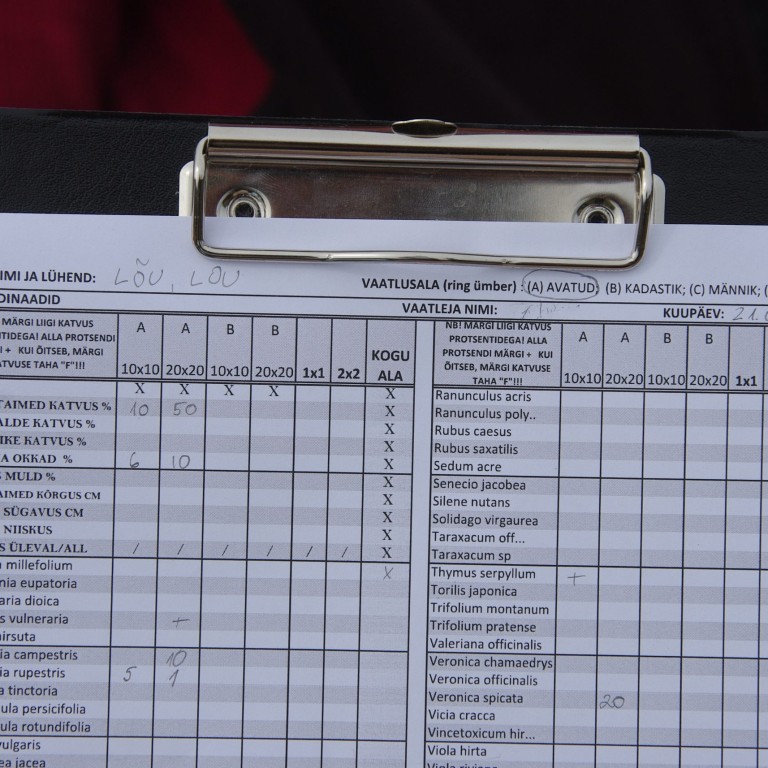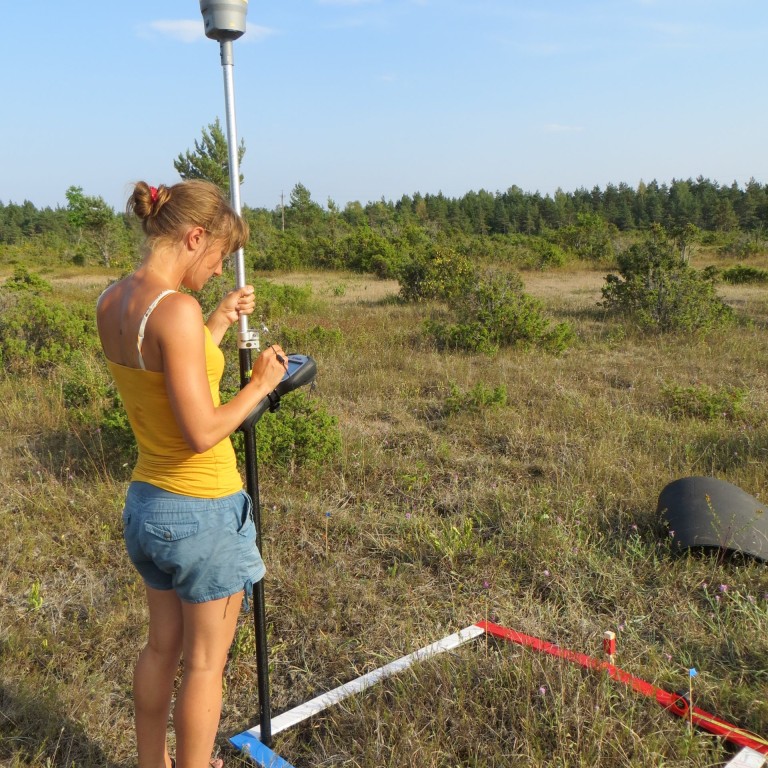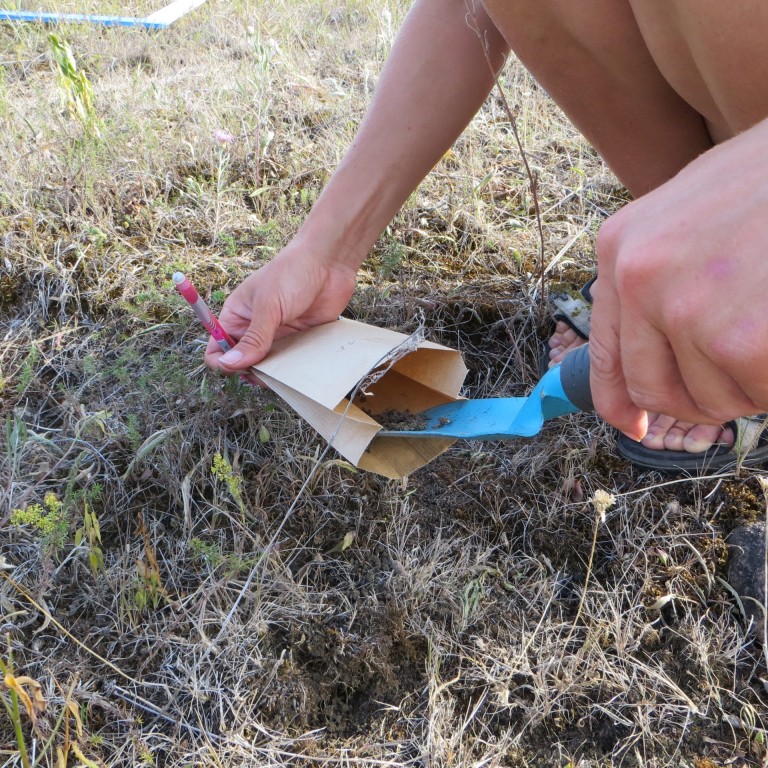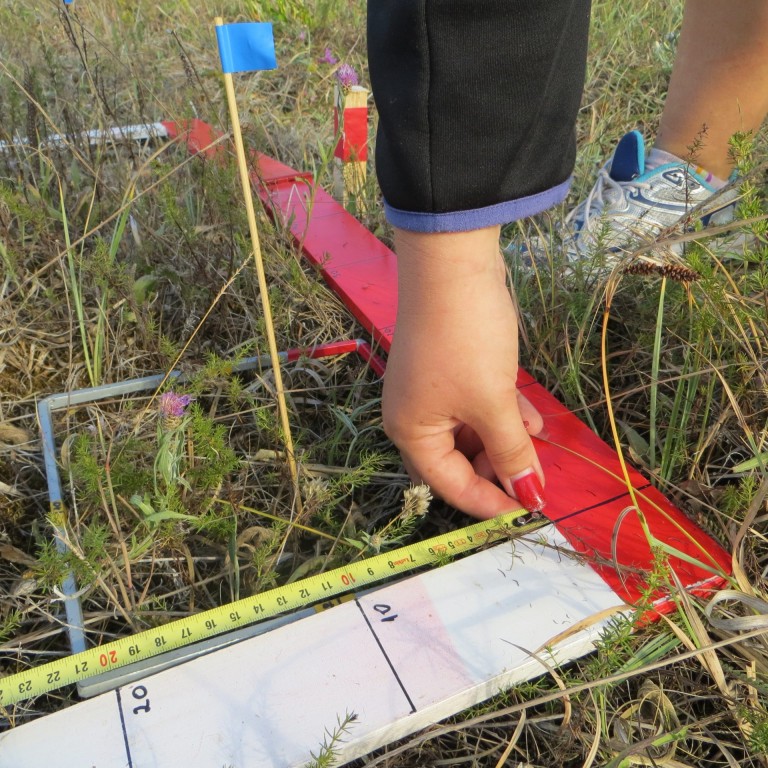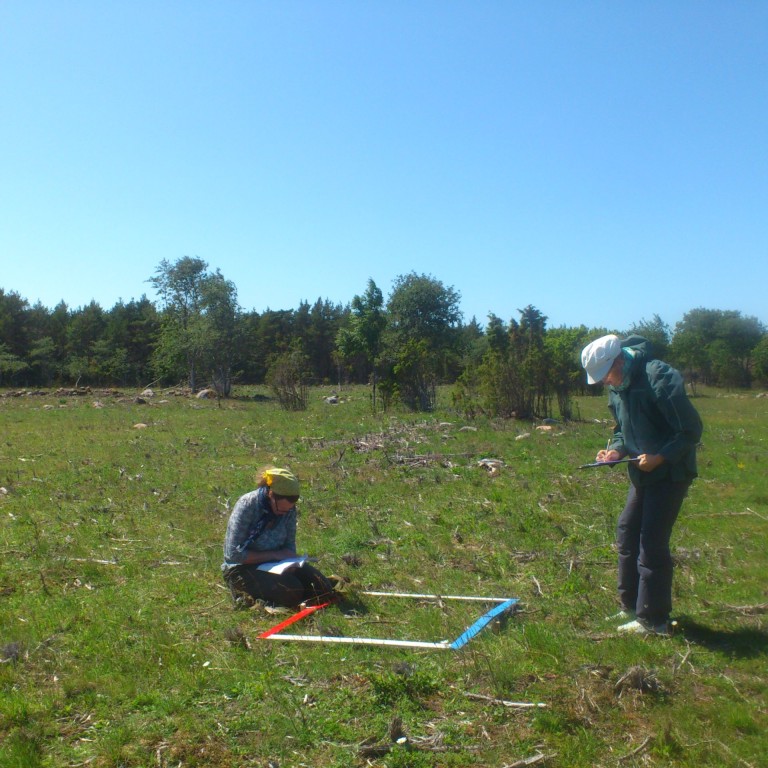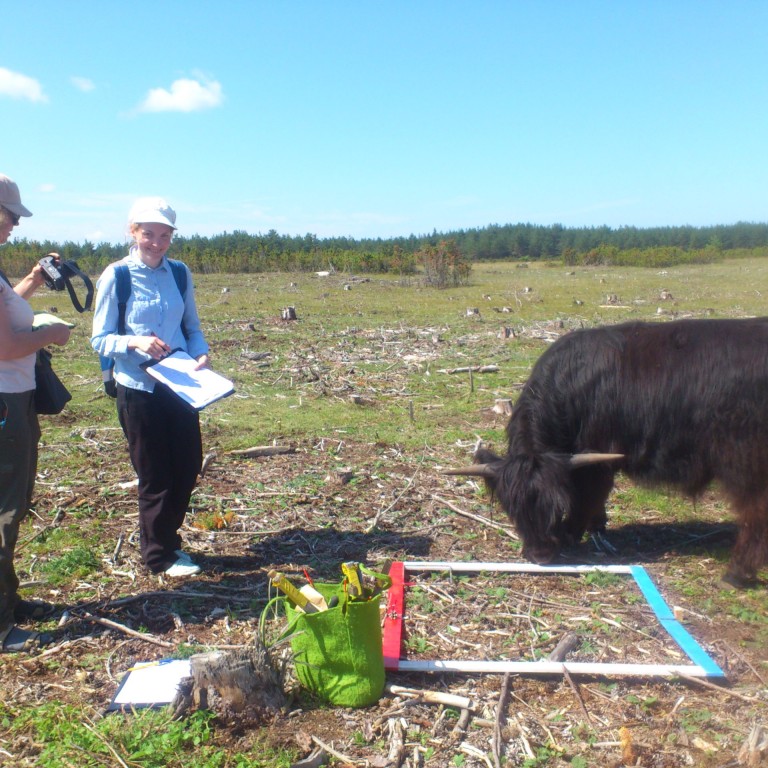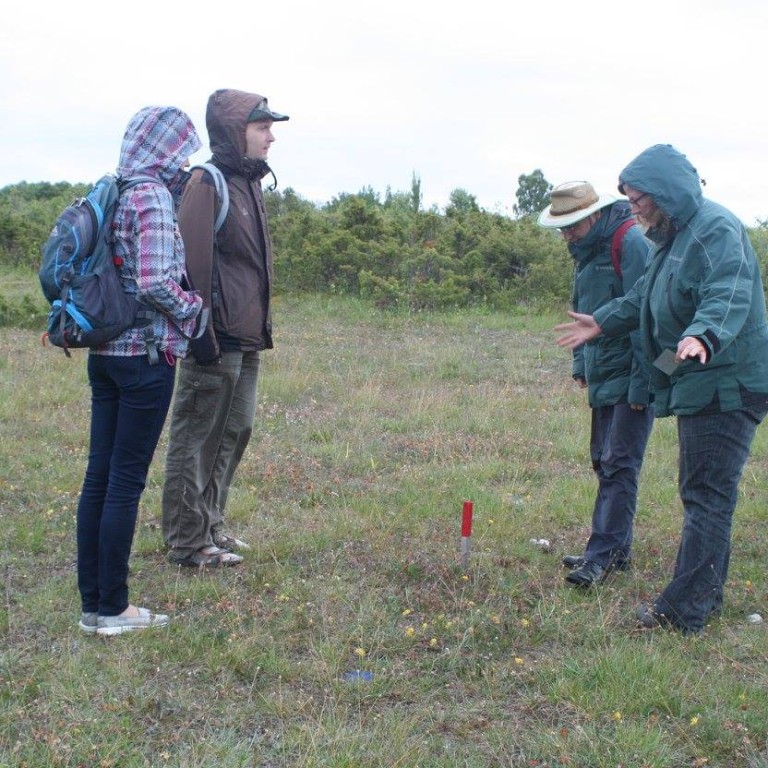Life to Alvars - Restoration of Estonian alvar grasslands (LIFE13NAT/EE/000082)


In 2018, project Life to alvars was selected as the LIFE project with the best socio-economic impact!
In 2022, the European Commission has chosen the Estonian alvar restoration project (LIFE to Alvars) as the best LIFE project in Natura 2000 areas during the entire period of operation!
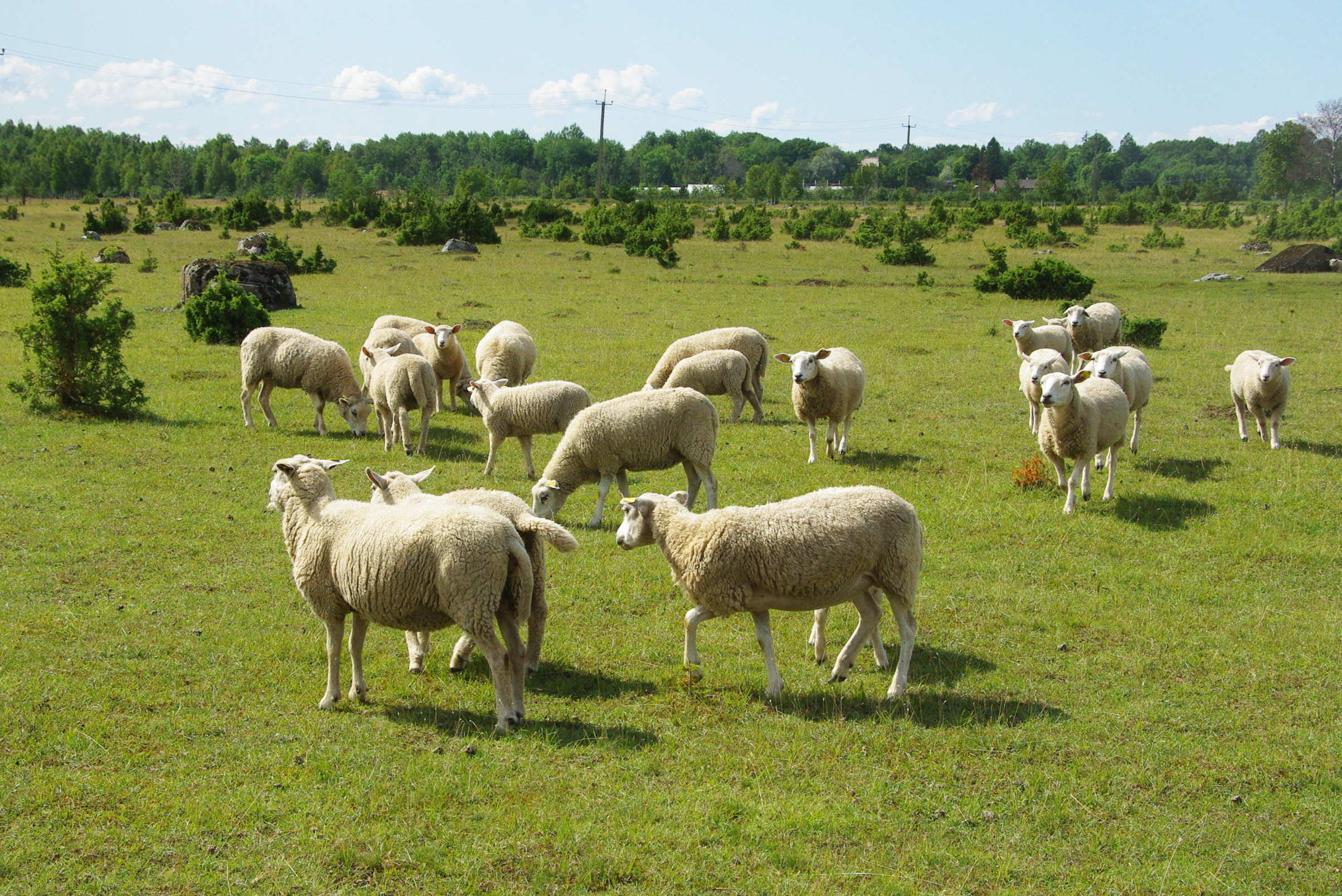 Background: Project LIFE to Alvars (LIFE13 NAT/EE/000082) started in 1.09.2014 and lasted 5 years. During the project, 2500 hectares of alvar grasslands in Estonia were restored and biodiversity-supporting habitat management was launched. Alvar grasslands are valuable and highly biodiverse habitats, designated to the European Union’s Habitats Directive (92/43/EEC) code 6280* (Nordic alvar and precambrian calcareous flatrocks). Alvar grasslands are semi-natural grasslands with thin lime-rich soil on a limestone bedrock. One third of all the alvar grasslands in Europe are situated in Estonia. However, in 2013 only around 2000 hectares i.e less than 30% of Estonian alvar grasslands were under annual management (moderate grazing), which is necessary for the long-term persistence of this habitat and its diverse set of species. Unmanaged sites heavily overgrow with shrubs (mostly juniper Juniperus communis) and trees (mostly Scots pine Pinus sylvestris).
Background: Project LIFE to Alvars (LIFE13 NAT/EE/000082) started in 1.09.2014 and lasted 5 years. During the project, 2500 hectares of alvar grasslands in Estonia were restored and biodiversity-supporting habitat management was launched. Alvar grasslands are valuable and highly biodiverse habitats, designated to the European Union’s Habitats Directive (92/43/EEC) code 6280* (Nordic alvar and precambrian calcareous flatrocks). Alvar grasslands are semi-natural grasslands with thin lime-rich soil on a limestone bedrock. One third of all the alvar grasslands in Europe are situated in Estonia. However, in 2013 only around 2000 hectares i.e less than 30% of Estonian alvar grasslands were under annual management (moderate grazing), which is necessary for the long-term persistence of this habitat and its diverse set of species. Unmanaged sites heavily overgrow with shrubs (mostly juniper Juniperus communis) and trees (mostly Scots pine Pinus sylvestris).
LIFE to Alvars project was carried out on 25 sites. 12 project sites were on Saaremaal island, 6 on Hiiumaa island, 5 on Muhu island, 1 in Pärnumaa and 1 in Läänemaa. Restoration actions involved the removal of excessive trees and shrubs, as well as the establishment of the grazing infrastructure.
During the project, specialists from the University of Tartu and the Estonian University of Life Sciences monitored the effect of restoration on biodiversity. During the summers of 2014-2015, specialists quantified the pre-restoration environmental conditions of habitats and recorded the status of vascular plants, bryophytes, spiders, butterflies, bumblebees, birds and mycorrhiza. After restoration, in 2019 and 2020, post-restoration monitoring took place. In the future, the goal is to repeat the monitoring at least after every 5 years. Such extensive biodiversity monitoring is necessary for accurate assessment of restoration success in the future.
Objectives: The main objective of the Life to alvars project was to restore the most valuable, but currently overgrown, alvar grassland areas on 2 500 ha of land and to create the right conditions for local farmers to manage these areas after the restoration. In order to achieve this aim, the project planned to introduce effective large-scale restoration methods and to create the necessary infrastructure for continuous management of the restored sites. The project also aimed to directly involve private land owners and to raise awareness among the local community and the general public of the value of alvar areas and of the importance of managing them effectively.
Duration: 9/2014-9/2019
Project partners: lead partner was Estonian Environmental Board, project coordinator Annely Holm, partners University of Tartu, University of Life Sciences and Estonian Seminatural Communities Conservation Association
Results:
- The LIFE to alvars project achieved all its objectives and improved the conservation status of Estonian alvar grasslands at all the project sites. Specifically, the project restored, in total, 2 501.5 ha of alvar grasslands. This included restoration work on 1 000 ha of private land, with the involvement of approximately 600 private landowners. The project team initiated a completely new restoration technique, which was tested and successfully implemented. The technique replaces manual work with mechanical restoration, using chain swipe mowers, guillotines, forwarders and harvesters. This methodology is now widely used in Estonia as a common practice in semi-natural grassland restoration; and it is also now being used to restore other habitat types, like coastal meadows and wooded meadows.
- The project covered all the livestock breeders' needs for reintroducing grazing on Estonian alvar grasslands in the project areas, including the purchase of grazing infrastructure (e.g. watering facilities, animal shelters), the building of 200 km of cattle fences on the restored areas, and the restoration of 35 km of access roads to the restored areas. Monitoring of restoration success, biodiversity, and socio-economic impacts were successfully carried out. The recovery of the meadow vegetation has been much faster than expected. In the areas covered with juniper bushes, recovery of meadow vegetation was observed during the first vegetative period after the initial restoration. Heavily overgrown areas reached the same level of species richness within 2-3 years as the areas that were initially in the better state. In total, 178 farmers, landowners and entrepreneurs were trained on habitat restoration techniques. The relevant management guidelines for alvars were updated.
- During the project, the status of EU Habitats Directive priority habitat type Nordic alvar and precambrian calcareous flatrocks (6280*) was directly improved by more than doubling the habitat area of alvar grasslands in favourable condition in Estonia. As one-third of all of the alvar grasslands are situated in Estonia, this is a European-scale Natura 2000 habitat improvement. The project also contributes to the implementation of the EU Biodiversity Strategy. Results from biodiversity monitoring showed that the number of protected species (plants, birds and insects) typical of this habitat type benefitted from the restoration and the re-establishment of sustainable management in the restored areas.
- The project raised the interest of farmers and landowners to engage in alvar restoration. Other sources of funding became available to facilitate alvar restoration outside the project areas. For example, from 2014-2018 the Environmental Board restored 350 ha of alvar grassland using funding from the state budget. Farmers also restored about 160 ha of alvar grassland using funding from the EU Cohesion Fund. Involved farmers have joined the CAP agri-environmental management scheme.
- The project demonstrated that restoration of the grassland could be achieved in just a few years. This enabled an immediate re-establishment of grazing. Changed light conditions triggered mass flowering of protected orchid species in several project areas. Local nature tourism entrepreneurs now organise orchid trips to the project areas in June and July. The project won a Natura 2000 award in the socio-economic category in 2018. Long-term economic benefits are being realised through new business opportunities for local farmers and tourism entrepreneurs. Grazing provides direct income on the large restored areas and creates employment in rural areas. In some cases, young farmers have started with cattle/sheep grazing, and given up their city jobs. Farmers benefit from products like good quality meat. The project team invested much effort in developing efficient uses of by-products from the alvar restoration. For example, wood cut from the restored sites was used for fence poles, handicrafts and heat production. Farmers were involved in the Added-value Products Working Group, to assure the sustainability and long-term benefits initiated by the project. On Muhu Island, a farmers coop was formed as a spin-off of this Working Group, which produces and markets meat and hide from grazed alvar grasslands on Muhu and Saaremaa islands. In 2019, the coop received funding from PRIA (Agricultural Registers and Information Board) to build their own small slaughterhouse and meat processing facilities. Awareness has been significantly raised about the value of alvar grasslands, through information boards, local events, booklets and updated best practice guidelines, and the creation of an exhibition/learning centre.
Read more:
Layman's report
Final report of the project
Project social-economical impacts on local community
Networking with other projects
Overview of the project in EUROPARC Foderation webpage
Project in media:
Biodiversity monitoring of Life to alvars project lead by Landscape biodiversity workgroup
 In parallel, a complex biodiversity study covering different trophic levels was carried out in the restorable areas. With the participation of leading Estonian biota experts the pre- and post-restoration status of different taxonomic groups (e.g. plants, butterflies, spiders, birds, bumblebees, mycorrhizal fungy, lichens etc.) of Estonian alvars were described and the impact of large-scale restoration activities on biodiversity and ecosystem services were identified. During the first stage, in 2014-2015, the pre-restoration status of biodiversity and environmental conditions of Estonian alvars were recorded. In January 2019 - April 2020, the second stage of applied research was carried out, in which: 1) the post-restoration status of different taxonomic groups and environmental conditions of alvars was recorded and compared to the pre-restoration status; 2) an overview about the impact of restoration activities and changed landscape structure on biodiversity and ecosystem services was given, and analysed whether a favourable status for species and habitats had been achieved after restoration; 3) a guide was compiled to carry out restoration activities on the landscape scale, taking into account the conditions and responses of different taxonomic groups. The results of the study are valuable also for the protection and restoration of other semi-natural communities. In addition, the aim of the survey was to inform the public and introduce the results to potential users. The project was funded by the Environmental Investment Centre (EIC). Aveliina Helm, Tsipe Aavik, Liis Kasari, Triin Reitalu, Elisabeth Prangel participated in the project from the Landscape biodiversity workroup.
In parallel, a complex biodiversity study covering different trophic levels was carried out in the restorable areas. With the participation of leading Estonian biota experts the pre- and post-restoration status of different taxonomic groups (e.g. plants, butterflies, spiders, birds, bumblebees, mycorrhizal fungy, lichens etc.) of Estonian alvars were described and the impact of large-scale restoration activities on biodiversity and ecosystem services were identified. During the first stage, in 2014-2015, the pre-restoration status of biodiversity and environmental conditions of Estonian alvars were recorded. In January 2019 - April 2020, the second stage of applied research was carried out, in which: 1) the post-restoration status of different taxonomic groups and environmental conditions of alvars was recorded and compared to the pre-restoration status; 2) an overview about the impact of restoration activities and changed landscape structure on biodiversity and ecosystem services was given, and analysed whether a favourable status for species and habitats had been achieved after restoration; 3) a guide was compiled to carry out restoration activities on the landscape scale, taking into account the conditions and responses of different taxonomic groups. The results of the study are valuable also for the protection and restoration of other semi-natural communities. In addition, the aim of the survey was to inform the public and introduce the results to potential users. The project was funded by the Environmental Investment Centre (EIC). Aveliina Helm, Tsipe Aavik, Liis Kasari, Triin Reitalu, Elisabeth Prangel participated in the project from the Landscape biodiversity workroup.
Read more:
Project webpage in Estonian Research Information System
Report of pre-restoration biodiversity monitoring, 2017
Report of post-restoration biodiversity monitoring, 2019
Final report of biodiversity monitoring, 2021
A guide to manage and restore alvar grasslands
Project in media:
Photo report: alvars offer stunning landscape views and preserve biodiversity
Nice overview about our activities in New Scientist (thanks! JuliAnna Photopoulos)
Alvars in Estonian television broadcast Osoon 2015
Photos of restoration activities
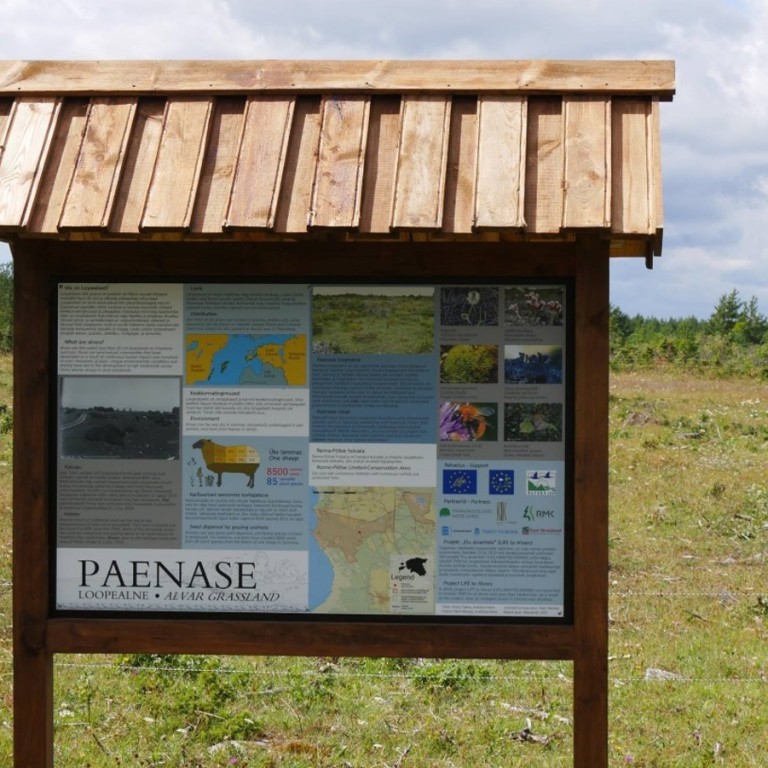
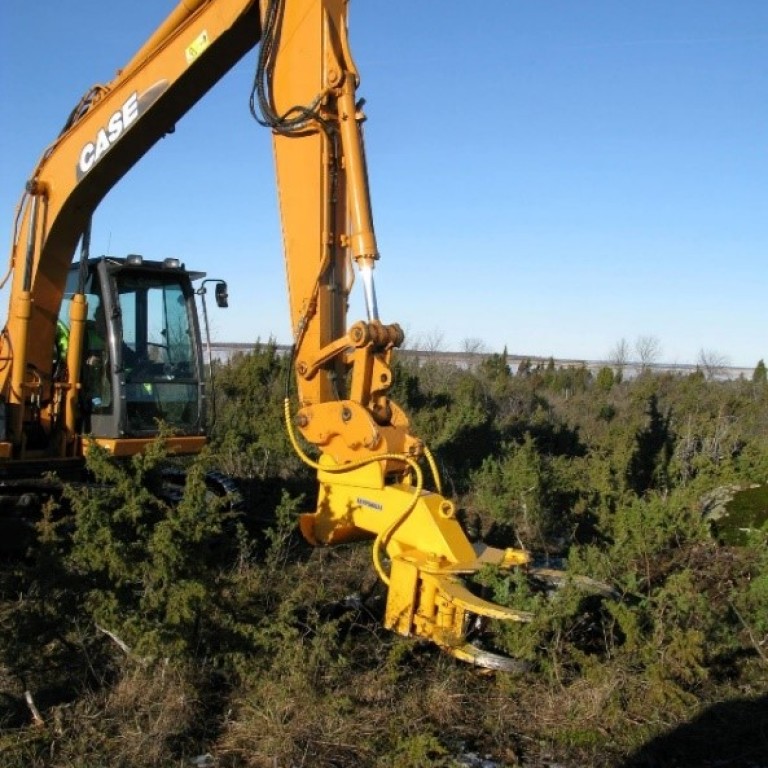

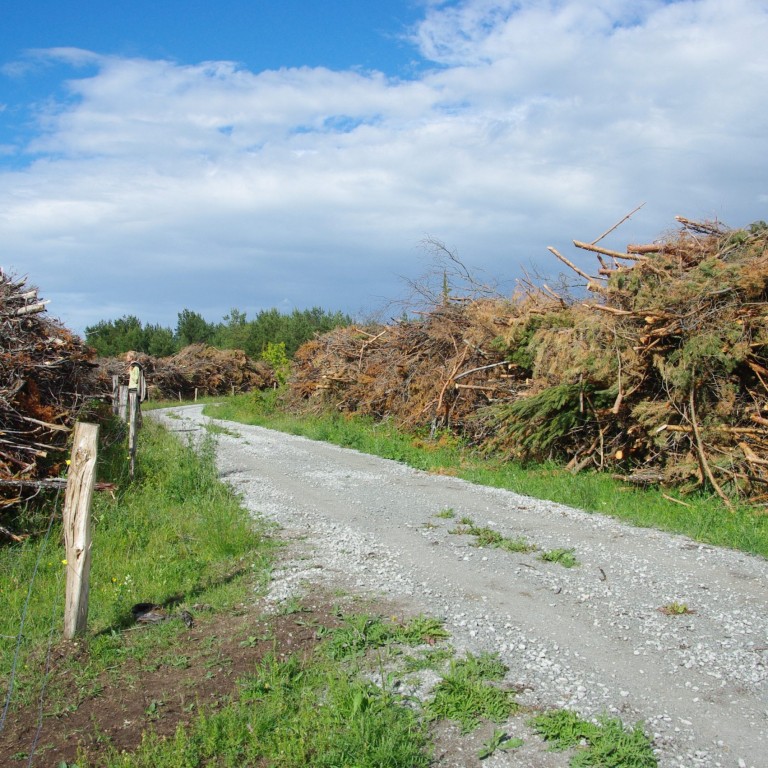
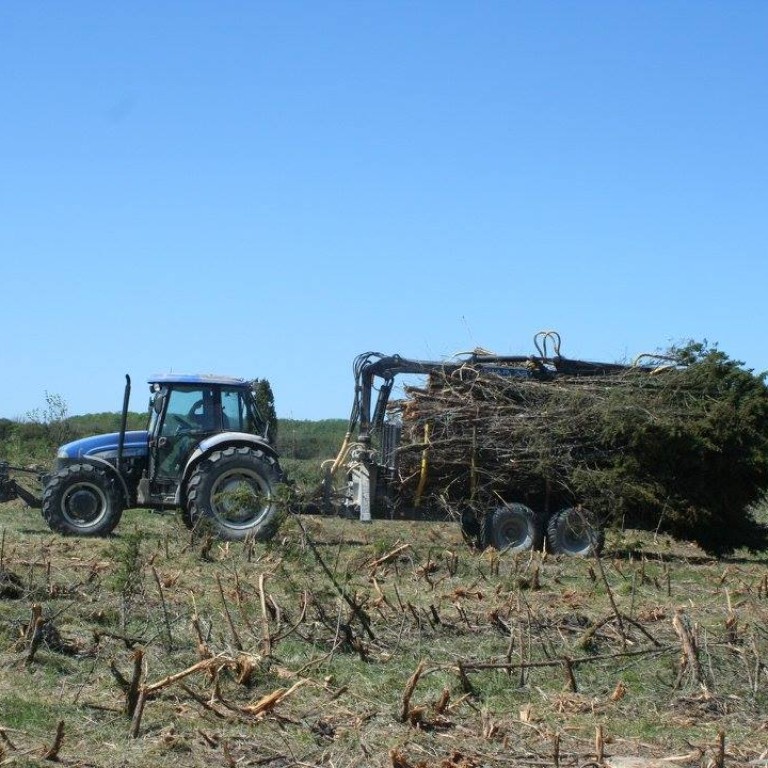



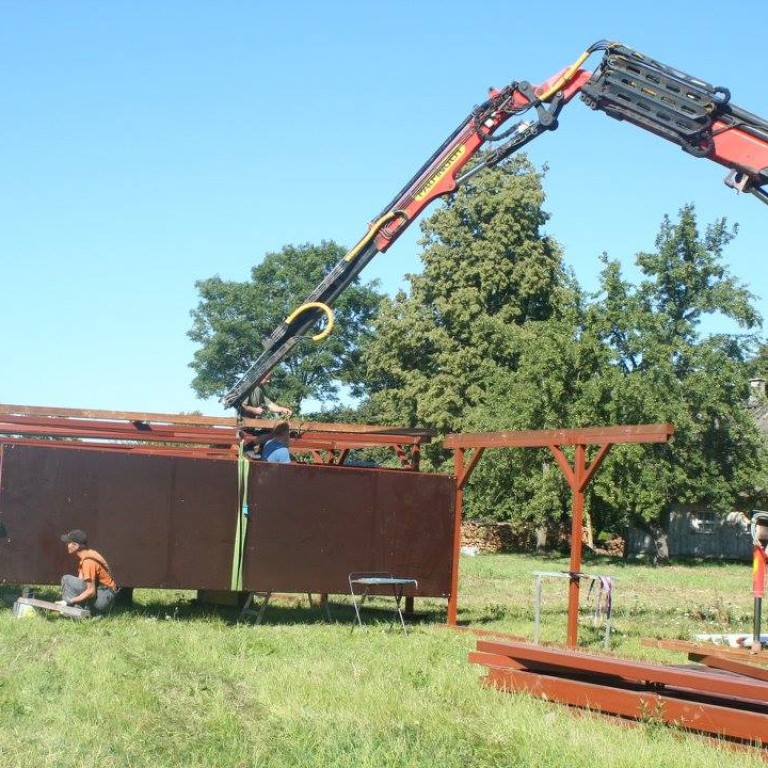

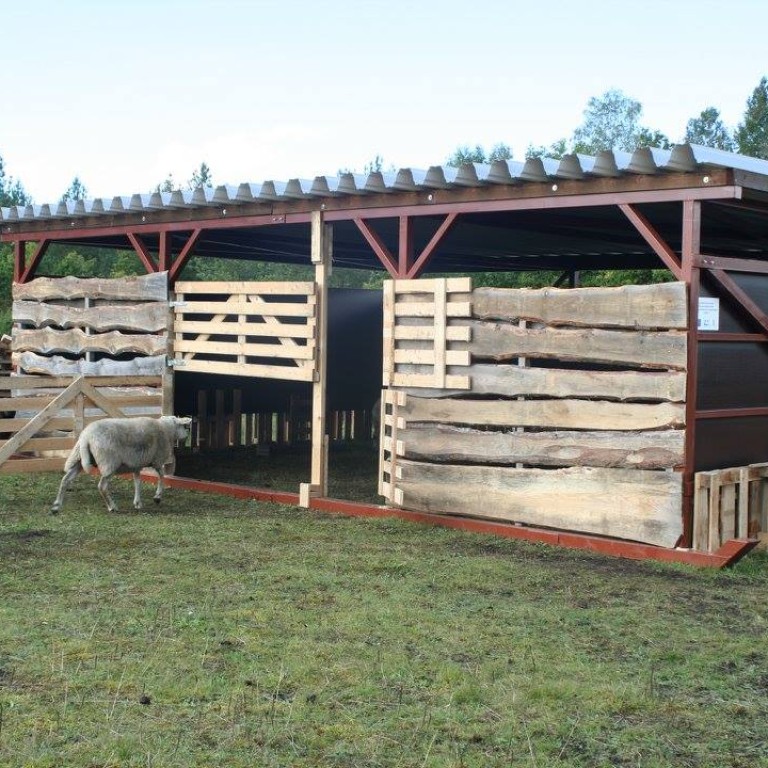
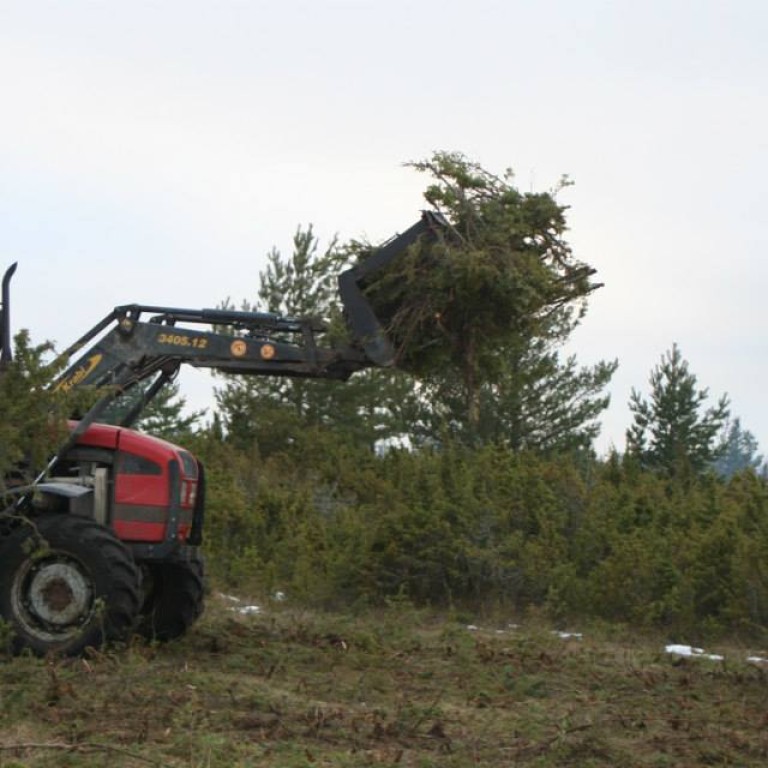
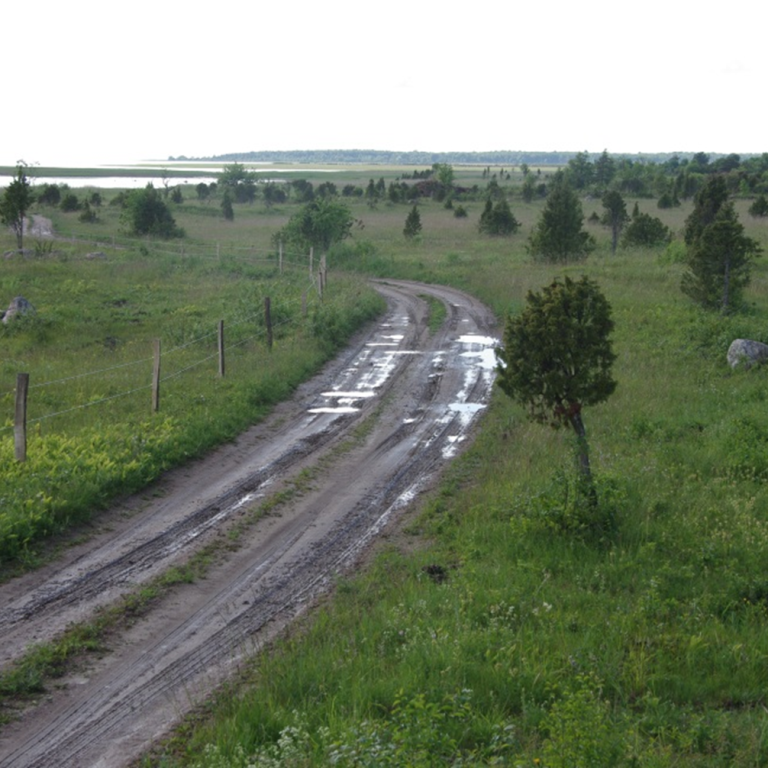
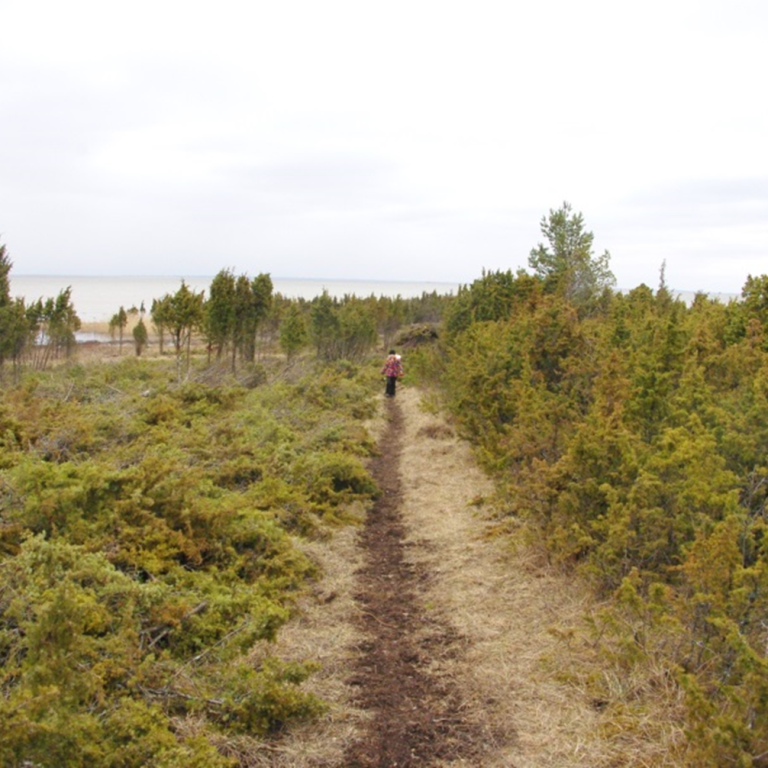

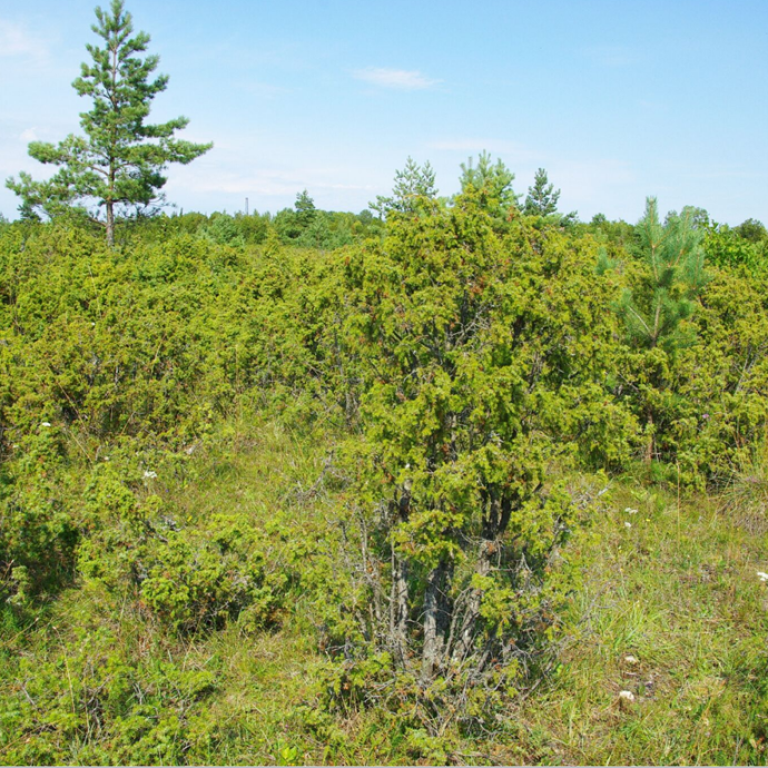
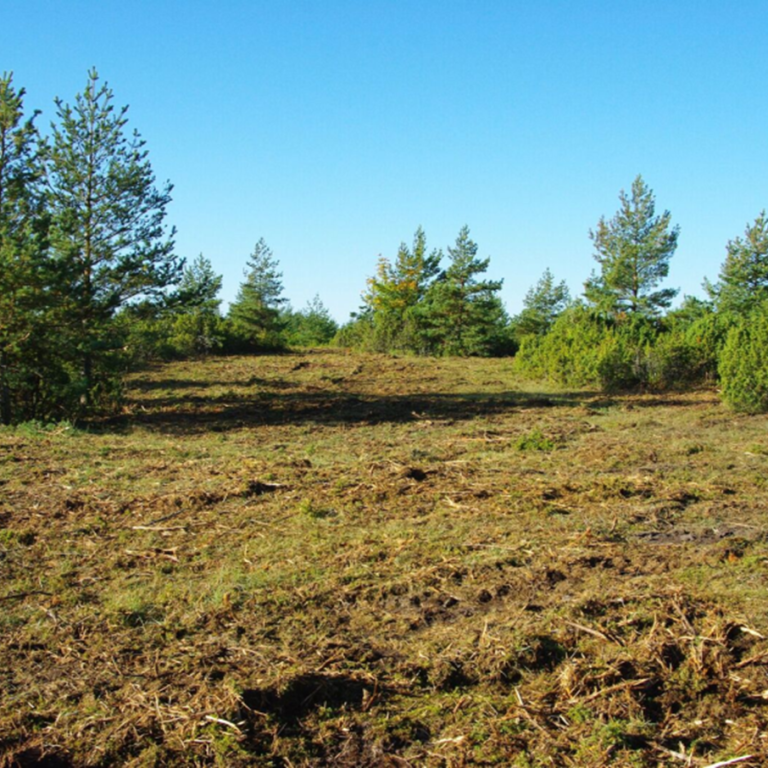
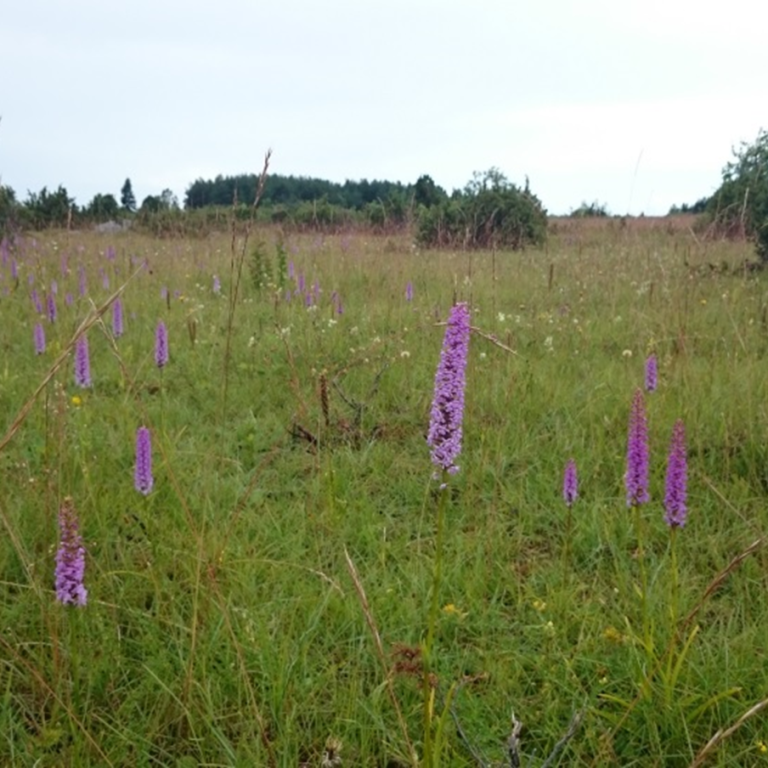
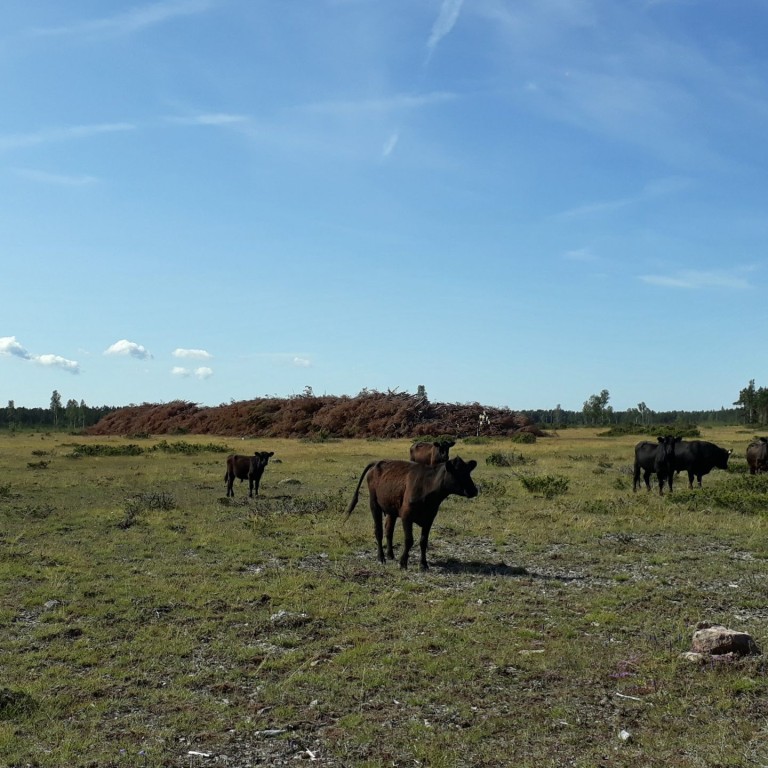
Photos of biodiversity monitoring
